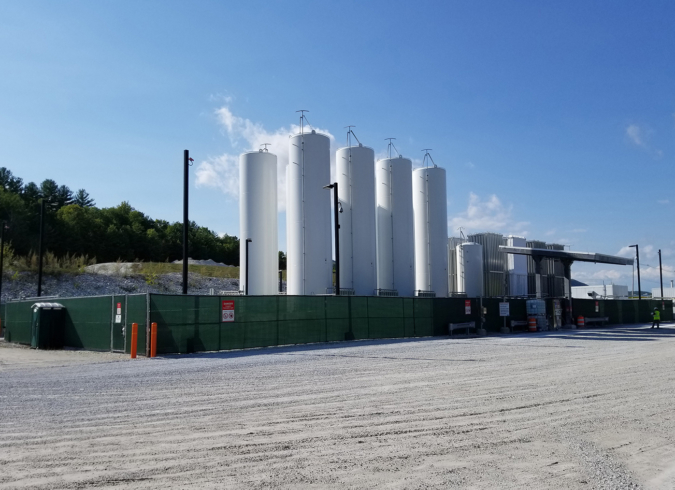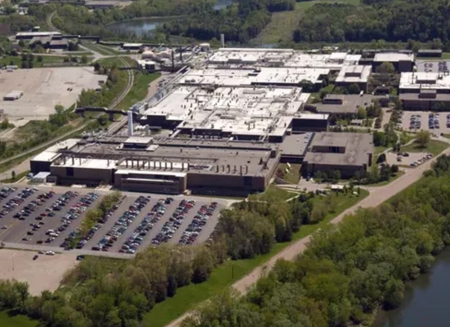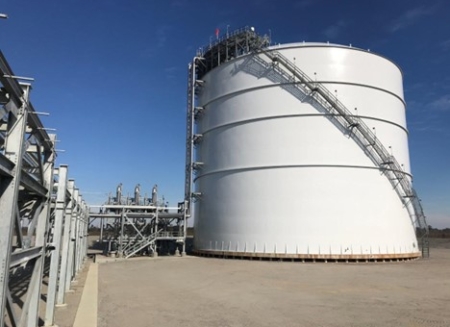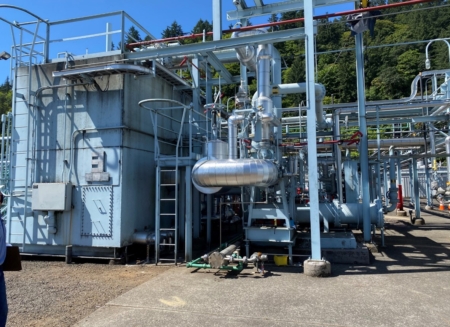Sanborn Head provided owner’s engineering services and performed a preliminary feasibility study to assess the viability of using liquefied natural gas (LNG) to replace No. 2 fuel oil being used at this facility. Consisting of eight 15,000-gallon vertical LNG storage tanks, an ambient vaporization system that can deliver 200,000 SCFH, a trim heater, a truck load-off station, impoundment systems, and an odorization system, the facility provides the fuel gas for the dryers used in calcium carbonate processing. It is the only LNG facility in the state of Vermont.
Key Components:
- Site/Facility Design
- Construction Administration
- Facility Commissioning
- Operations & Maintenance Training
A high-level feasibility study was performed to identify fatal flaws before investments for the project were made and to determine if the facility could be sited per regulatory/governmental requirements. The study not only determined that this was a viable investment but also identified the best alternative fuel source for the project. Other renewable energy sources were considered, including biomass, wind, and solar photovoltaic panels. LNG provided important advantages in resource availability and cost-effectiveness. Natural gas has lower combustion emissions, efficiently creates thermal energy, and is readily obtainable via established transportation methods.
In addition to the feasibility study, Sanborn Head also provided facility design that included process mechanical, site civil, structural, and electrical design.
The results of both the feasibility study and design efforts were acceptable to the Vermont Public Service Board, which approved the build. The project was executed with a design-bid-build project delivery wherein Sanborn Head provided LNG-related construction phase support services.




